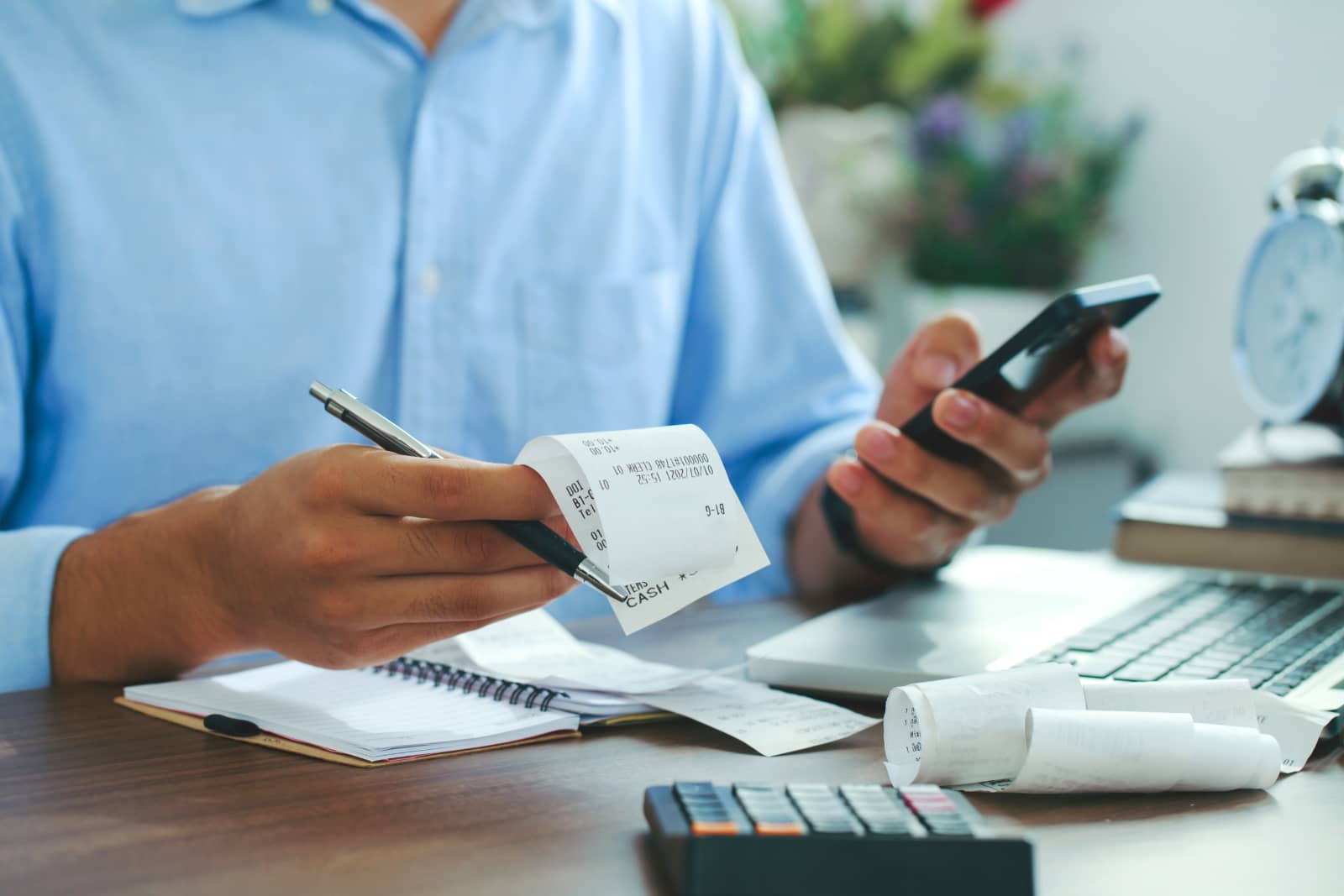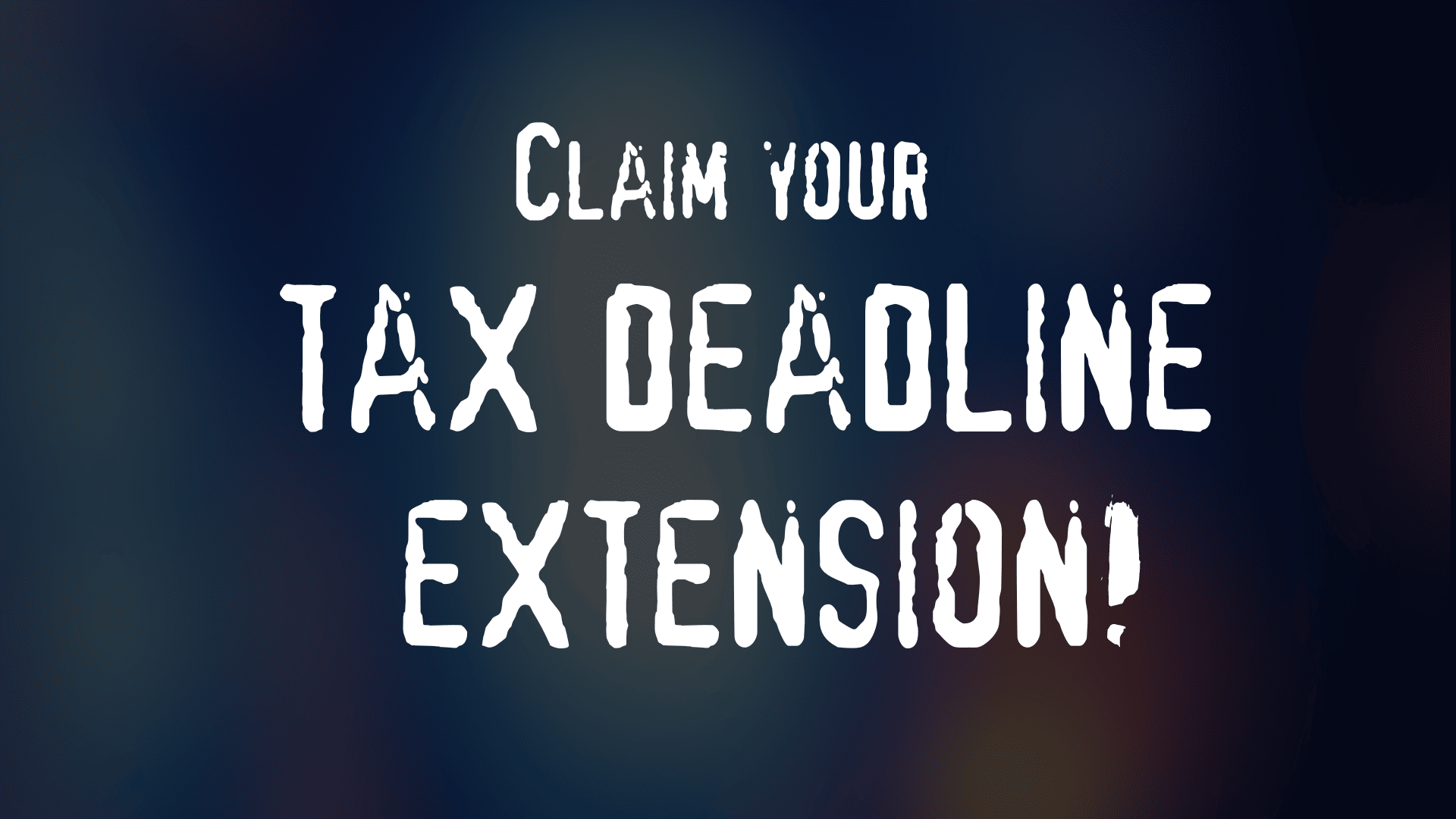When you earn income through self-employment, you have to manage the related tax returns and payments yourself. This includes things like ACC levies and student loan repayments. Even if most of your income is from PAYE work with an employer, you still have to do your own tax admin for any side-gig self-employed income.
You might only have to pay tax at the end of each year, but if it’s likely to be over a certain amount you may also have provisional tax payments during the year. If you do regular contract work for an organisation, it might be possible for them to deduct income tax for you. This is known as ‘making schedular payments’. You may also have to register for GST and file regular returns along with GST payments during the year.
It’s important to get professional advice to ensure you’re doing the right thing and can plan ahead for tax payments with confidence. In the meantime, this article will help you understand the various taxes and payment systems that might apply to your self-employed income.
What are schedular payments?
This is when an organisation you do contract work for deducts tax from what they pay you and sends it to Inland Revenue on your behalf. It’s a bit like PAYE for self-employed contractors. You still have to file tax returns; it’s just a helpful pay-as-you-go system.
If you’re paid by a labour hire or recruitment company to do work at other organisations, the company paying you has to make schedular payments on your behalf. If you contract to other organisations directly, you can ask them to make schedular payments if you wish, but they don’t have to.
To set up schedular payments you use an Inland Revenue IR330C form to let your payer know the tax rate they should use. You can choose the rate you want or select the standard rate for the type of work you do.
How to pay your own tax when you’re self-employed
If tax has not already been deducted from any of your income, you have to file a tax return every year and pay the tax owing directly to Inland Revenue yourself. This can mean paying the tax in one lump sum after the end of the tax year, unless you’ve been paying provisional tax during the year instead (see below).
Either way, it’s important to set money aside as you go so you can pay your tax when it’s due. One way to do this is to put a percentage of your income into a separate bank account each time you get paid. The actual percentage will depend on how much you expect your taxable income to be and your overall tax rate. It will probably be somewhere between 20% and 35%.
Self-employed tax-to-pay is based on the profit you make. Your profit is your income minus the cost of tax-deductible business related expenses. It’s sometimes referred to as your ‘taxable income’. If you’re registered for GST (see below) you use the ex-GST amounts; if not, you simply use the GST inclusive amount for expenses.
You tell Inland Revenue what these amounts are in your annual tax return. For any expenses you claim, you have to keep receipts for seven years. Inland Revenue will ask to see them if they audit your tax returns.
What is provisional tax?
If you’re self-employed and your end-of-year tax-to-pay is more than $5,000, you’ll probably have to start paying provisional tax the following year. Inland Revenue will let you know and send you information on what’s involved for your situation.
Provisional tax means paying tax in installments during the year, rather than as a lump sum at the end. The instalments are usually based on your previous tax year’s income, but there are other options if your income tends to vary a lot. The number of payments you make during the year depends on the provisional tax option you chose and whether you’re registered for GST. For the standard and estimation options, you pay three installments. Their due dates are 28 August, 15 January and 7 May.
You still file a tax return at the end of the tax year. If it turns out you haven’t paid the right amount of tax overall, you just pay the extra or get a refund. However, if you used the estimation option and underestimated the tax to pay, Inland Revenue may charge you a penalty and interest on the difference.
How does GST work when you’re self-employed?
If your annual income from self-employment is likely to be more than $60,000, you have to register for GST. Otherwise it’s optional.
If you’re registered for GST, you have to add GST (15%) onto what you charge and show this amount on your invoices or sales receipts. You also file a GST return and pay the amount owing to Inland Revenue at regular intervals during the year. The GST you pay to Inland Revenue is the amount you should have collected, 15% of your income, less the GST you’ve paid on tax deductible expenses required to earn that income.
Most self-employed people file a return and pay GST every two or six months. It usually comes down to how often they receive income and the amount of work involved in preparing each GST return. Some people also prefer to file every two months so the amount owing doesn’t become too great. Afirmo has a GST tool that makes doing returns and making payments easy.
Next steps
Afirmo tools and expert support make it really easy to set up your business correctly and know exactly how much tax you owe at any time. They also show when each payment is due, prepare your tax returns and let you file them online each time. To learn more, check out the Afirmo Tax Tool today.




